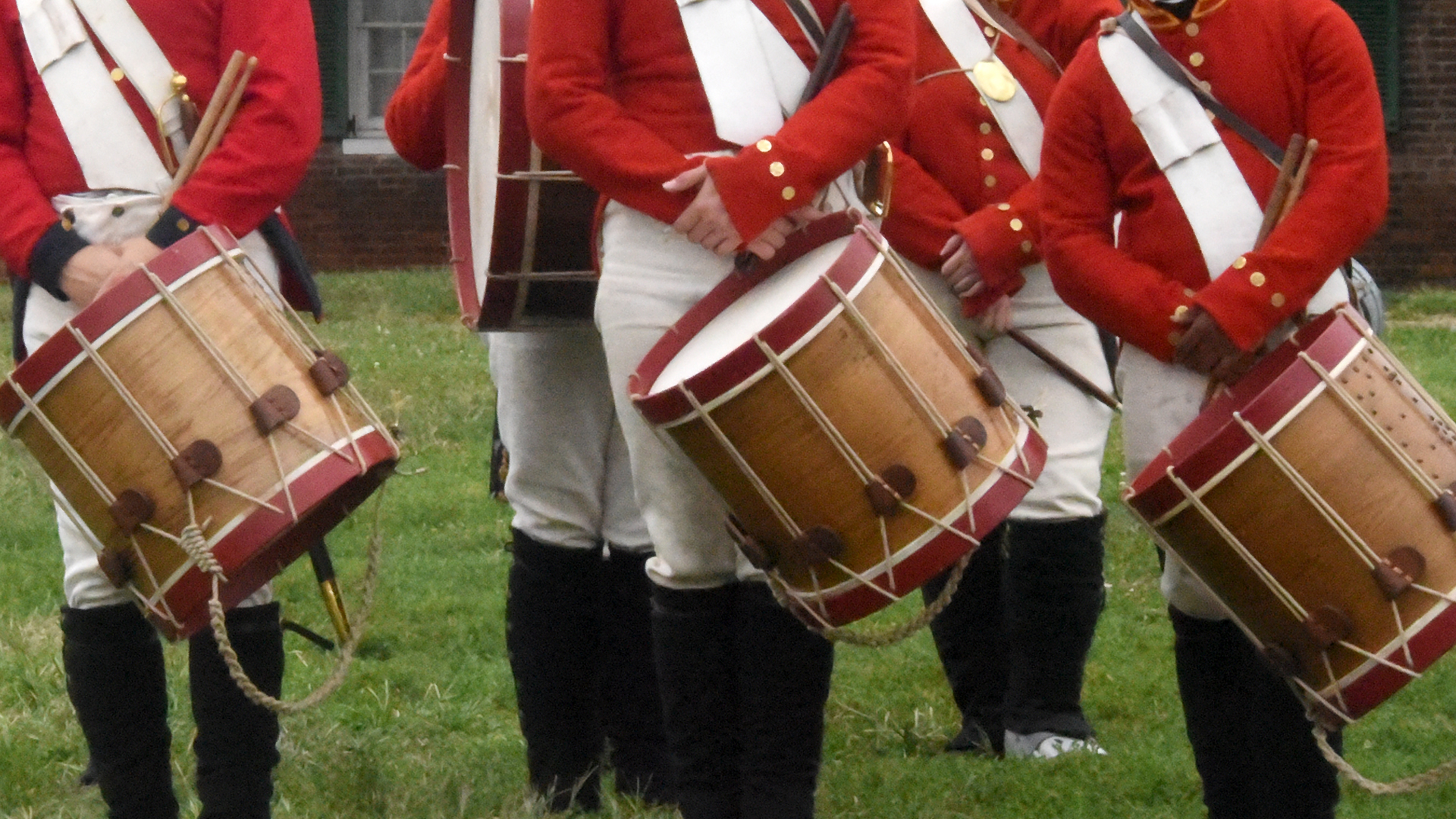The Drumbeat of Change
Any musician knows it’s the rhythm provided by the bass that holds the music together. Whether it’s the electric bass providing a resonating reminder of the tempo the musicians share or, more commonly, the big bass drum pounding out the sounds that synchronize, music is held together by a tempo communicated through the bass. In your change projects, you’ll need to find your own tempo for the project and your own tempo for communicating the change.
The Tempo of Change
Sounds don’t have one tempo. Some are fast and some are slow, but all have their speed, which provides energy. In change projects, the tempo is shaped by the size of the project – with larger projects generally requiring a slower pace and smaller ones being able to move more quickly. The tempo is also shaped by the urgency of the change. The more urgent the change is perceived to be, the more quickly the change must progress.
This master tempo of change drives the tempo of communication, just like the drum drives the speed at which the guitarist and pianist play.
The Tempo of Communication
The bass drum doesn’t play on every note or every beat. It plays rhythmically to remind everyone the time. Constant bass drum may work for a while – particularly when you want to drive energy into a song – but it quickly becomes tiring. When planning the tempo of communications for a change, it’s important to first assess the intended tempo of the change and match the tempo of the communications you send to that tempo. By matching the tempo of communications to the tempo of the change, you’ll begin to shape how others feel about the change – and hopefully get them swept up in the change itself.
Sometimes drummers and bassists intentionally lead or lag the existing tempo. That is, they recognize the need for the music to speed up. Perhaps it doesn’t feel like it’s got enough energy, so they push the tempo a bit to get to something that feels better. Similarly, they can lag a bit to slow things down when it feels like everyone needs a break or the music is going too fast for everyone to stay together.
We can use our change communications in a similar way. If we want to amp up the energy and the tempo of the change, we increase the frequency of the communications we send. If we need to slow things down a bit to let everyone catch their breath, we intentionally pause or slow the bass line to give everyone a breather.
The Communication Kick Drum
A common challenge when considering your communications for a change project is how the work will get done. With so many things going on in the change, how will you write all the content that’s needed? The answer is to create some anchor content ahead of time and fill in with things as they’re happening. Musicians know what the bass line will be, what the tempo will be, and what the key notes will be. You can do the same.
While not all content can be pre-created, a lot of content can. The kinds of content that get people excited about what they’ll be able to do, why we need to make the change, the vision of the future, etc., are all pieces that can be built and scheduled to go out on a regular basis.
While there is undoubtedly content that will need to be customized to the time and crafted right before it’s sent, you can get a head start by preparing content ahead of time and doling it out at an appropriate time.
Practice What You Preach
For us, we have built communications guides that are short and can be sent out to everyone regardless of where we are in the project (https://confidentchangemanagement.com/ccm/product/communication-tips/). For our Microsoft 365 projects, we have engagement videos that are designed to show them what’s possible with the platform (https://www.sharepointshepherd.com/engage/). We therefore have a library of resources we can pull from to create weekly, semi-weekly, or monthly communications. This dramatically reduces the amount of content we need to create and allows us to keep the beat going even when we’re faced with a seemingly overwhelming amount of work.
More broadly, while there’s a blog post a week, we don’t write them right before they post. We put them in a queue, and we pull them out one at a time so that you get a consistent rhythm to this blog – just like you would want in a change project.

